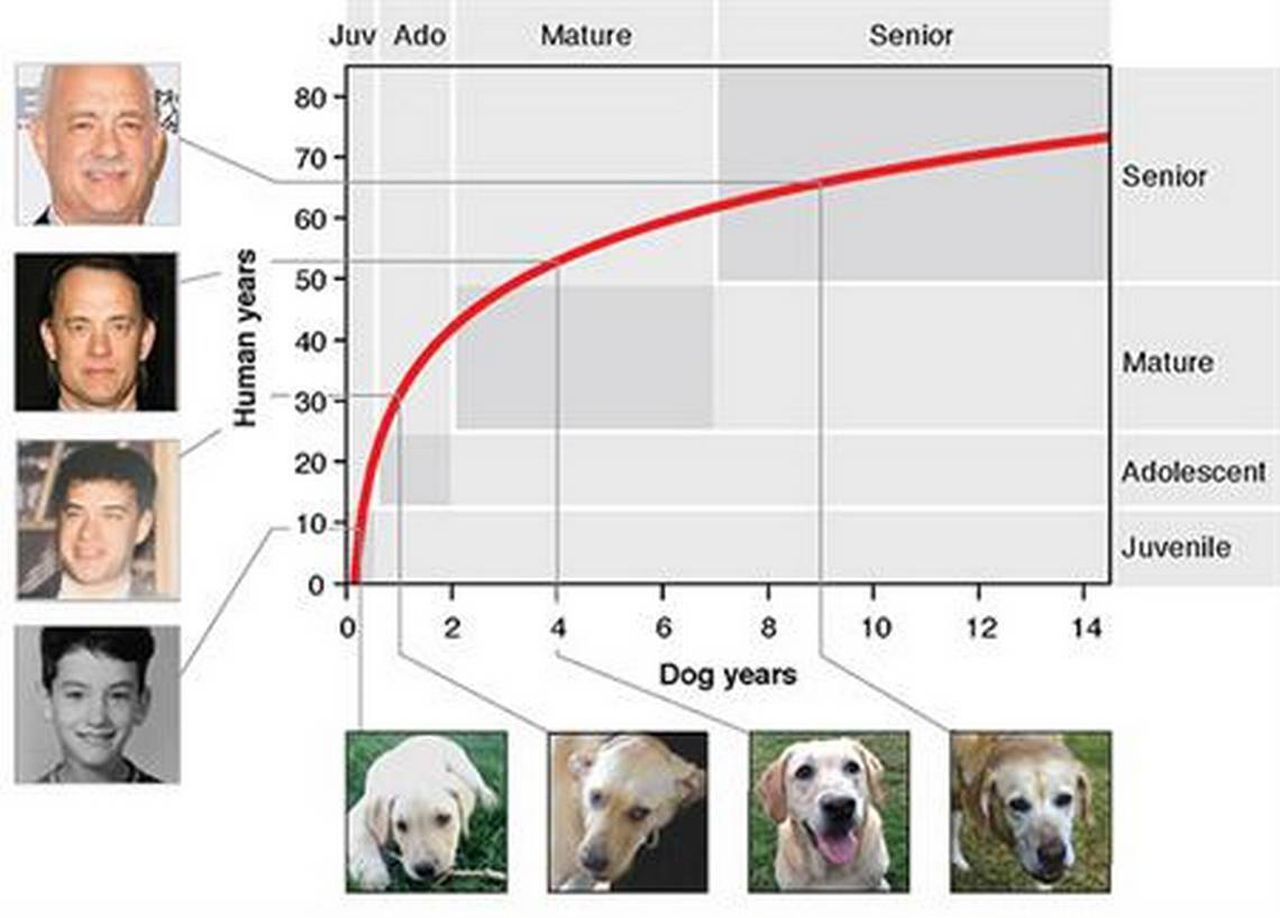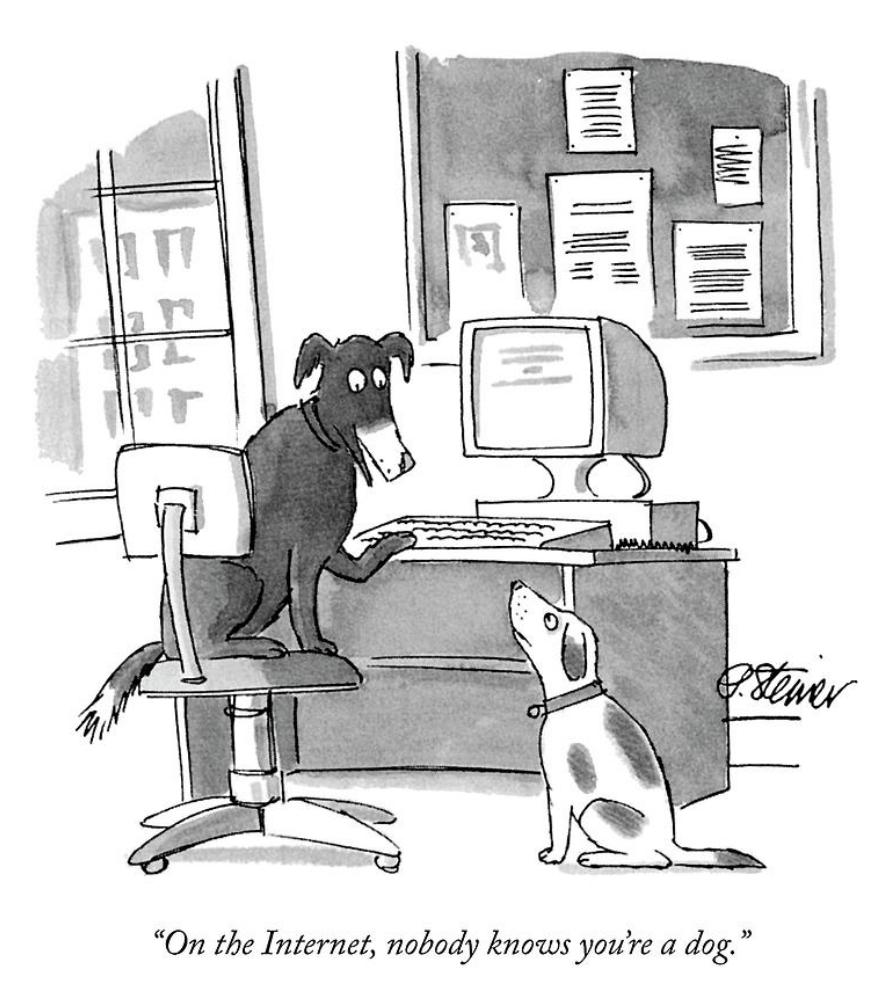A commonly held belief among dog owners is that if they want to know how
old their pet is, they simply have to times its age by seven. Then, it can
be decided whether man's best friend is acting up because it is a naughty
teenager — or simply due to poor training. However, new research has
found that this method is not based on science, and our pooches may be far
"older" than previously believed.
As people, and animals, age, the number and placement of methyl groups in the genome change. By mapping these, scientists can tell the age of an organism. Researchers from the University of California San Diego School of Medicine1 used blood samples from 104 Labrador retrievers to accurately work out how quickly the breed ages. The study found the comparison is not a 1:7 ratio over time. Especially when dogs are young, they age rapidly compared to humans. A one-year-old dog is similar to a 30-year-old human. A four-year-old dog is similar to a 52-year-old human. Then by seven years old, dog aging slows, and a 12-year-old dog is 70 in human years.

Scientists say this new comparison between dog ageing and human could be helpful for vets, so they can work out whether illnesses in dogs are age-related. The formula provides a new "epigenetic clock," a method for determining the age of a cell, tissue or organism based on a readout of its epigenetics2, which are chemical modifications like methylation3, which influence which genes are "off" or "on" without altering the inherited genetic code. Previous studies have found epigenetic clocks for humans, but these don't translate to other species and may not even be the same for other humans.
In the new paper on dog years, the researchers compared the epigenetic clocks in people to canines to better understand the genes associated with aging. They picked dogs because most live in the same environments as humans and also receive some degree of medical care, like humans do. The team looked at methylation rates in 104 Labrador retrievers between the ages of four weeks and 16 years old. They then compared them to published methylation profiles of 320 humans from age one to 103. It turns out some parts of a dog's life follows the same pattern as humans, though other longevity milestones don't link up quite as nicely.
Assignment
The relationship between the age of a dog $$a_{\text{dog}}$$ and the age of a human $$a_{\text{human}}$$, expressed in years, is given by this formula \[ a_{\text{human}} = 16 \ln(a_{\text{dog}}) + 31 \] where $$\ln(x)$$ is the natural logarithm of $$x$$.
Input
The age of a dog $$a_{\text{dog}} \in \mathbb{R}$$, expressed in years.
Output
The corresponding age of a human $$a_{\text{human}} \in \mathbb{R}$$, expressed in human years.Example
Input:
7.2Output:
62.58529641635215Epilogue
On July 5, 1993 The New Yorker published what's now its most reproduced cartoon:
